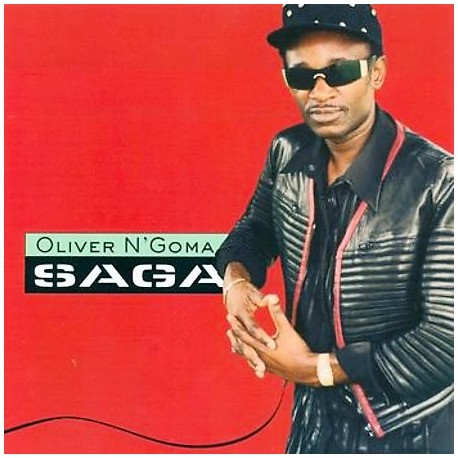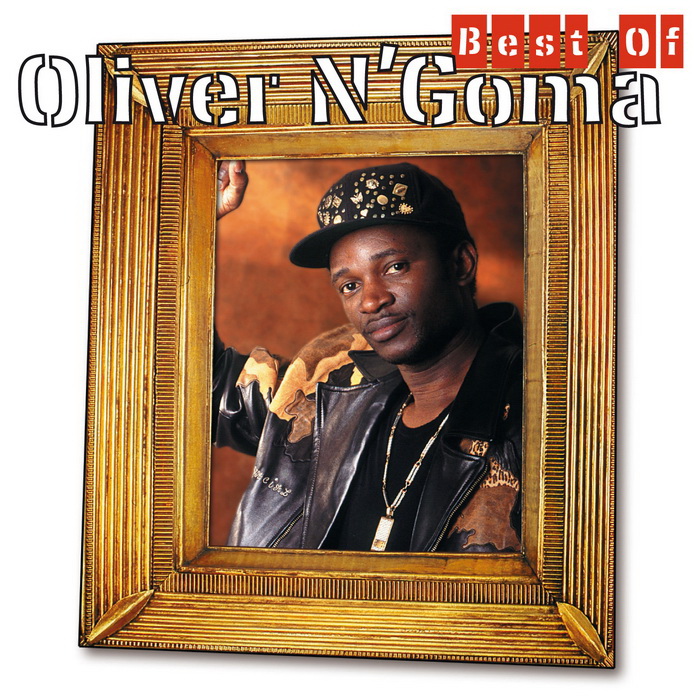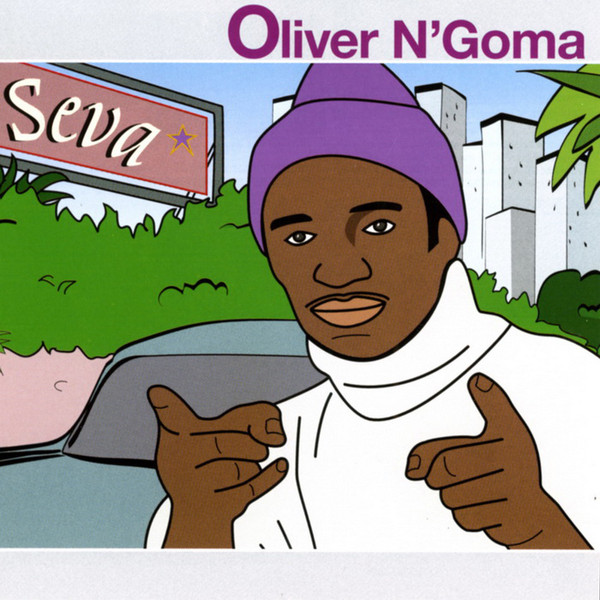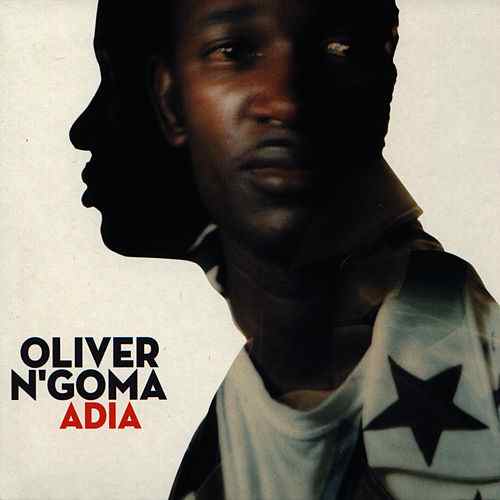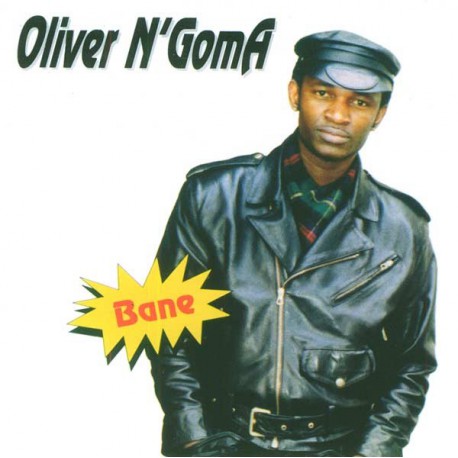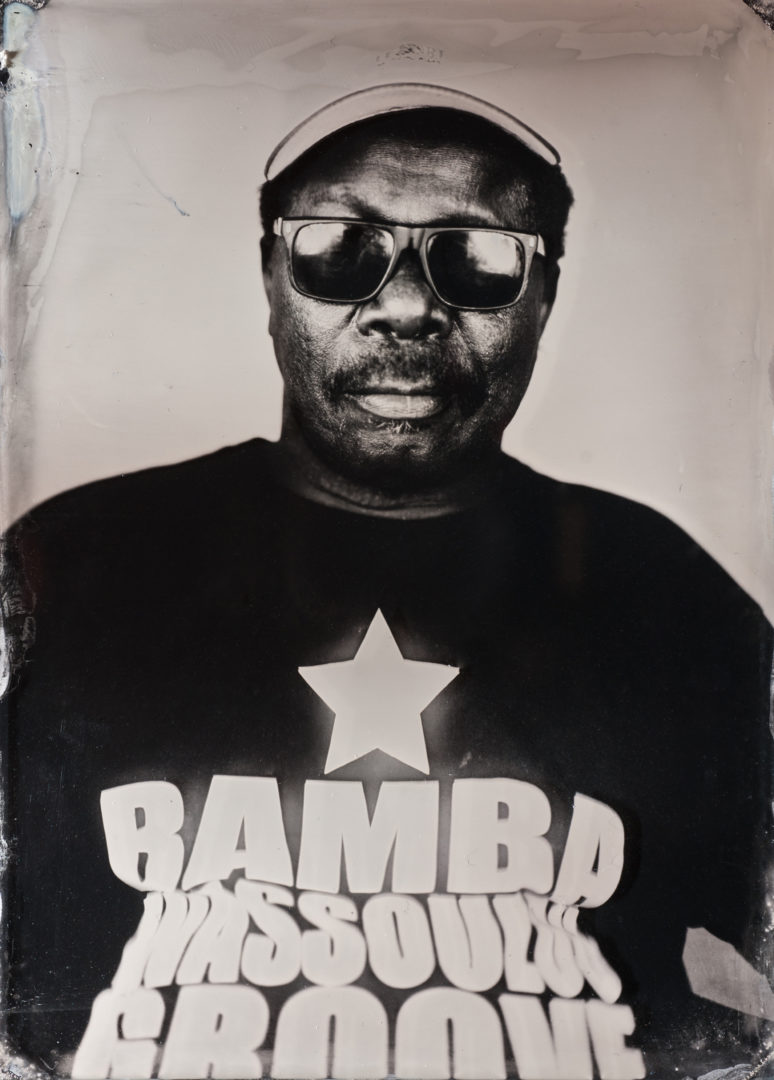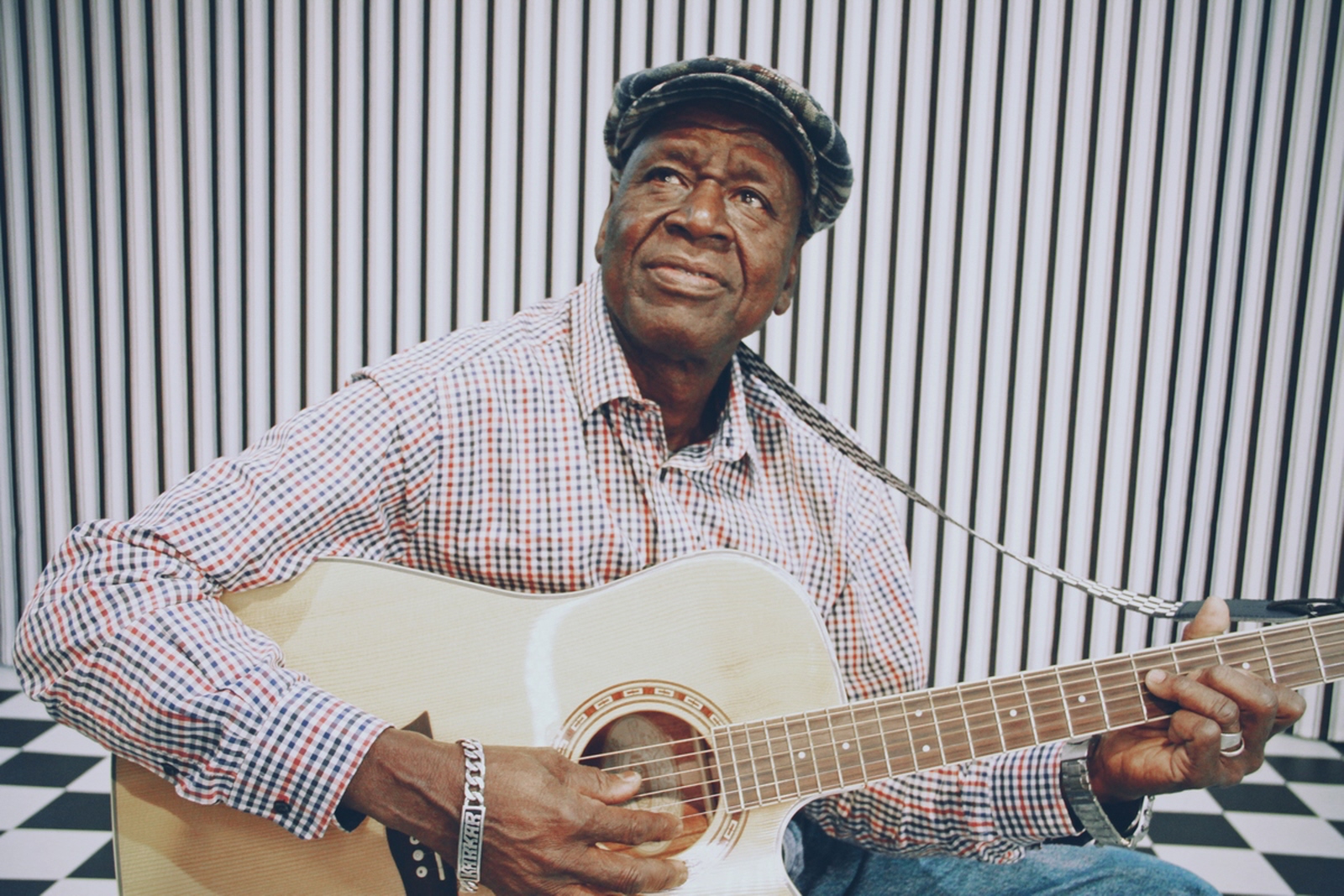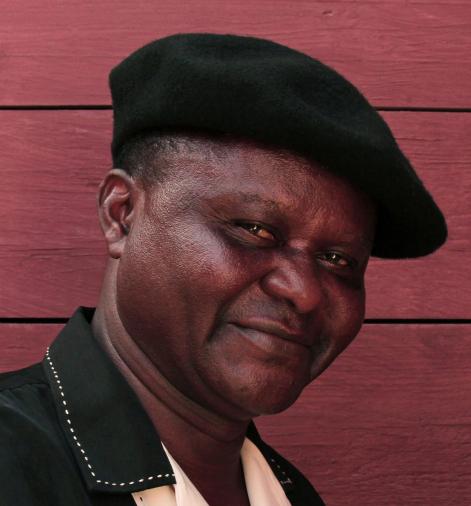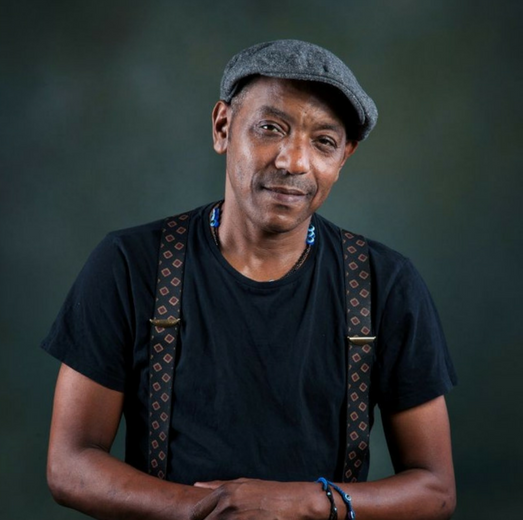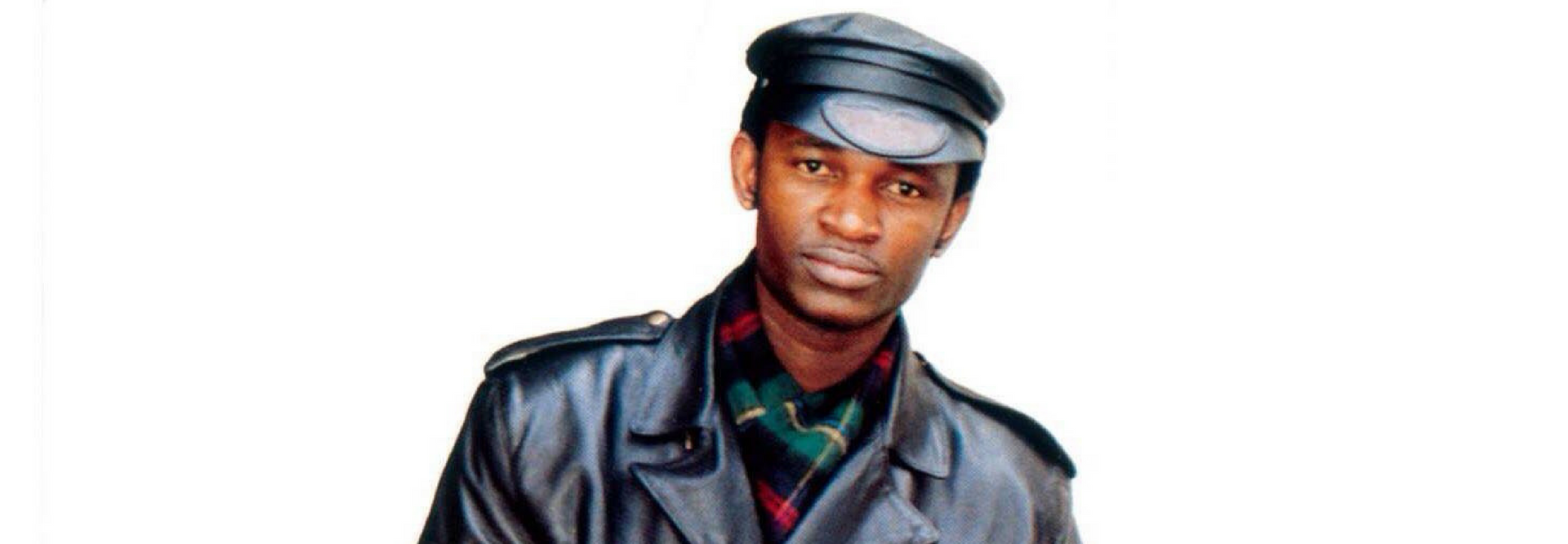
Oliver N’Goma
The king of Afro-Zouk
About
Oliver N’Goma (his true name Olivier N’Goma), Noli to his friends, was born in Mayumba in Southeast Gabon on the 23rd March 1959. His father, a teacher, was reputed to be the best harmonium player in the region and introduced young Oliver to the instrument at the age of eight.
In 1971, the family left Mayumba for the Gabonese capital, Libreville, where Oliver studied accountancy at secondary school. He soon joined the school band, Capo Sound, playing guitar. Refining his stagecraft at parties and dances, he covered African and international standards with the group.
Oliver’s accountancy lessons did not interest him much. He preferred to concentrate on his two great passions: films and music. Beginning to collect musical instruments, he put together a little home studio and entertained secret hopes of becoming a professional musician. However, when an opportunity arose, it was in the shape of his other love, the camera. He went to work for Gabon’s second TV channel as a cameraman, travelling to Paris for training in 1988. During the long winter he spent in the French capital, Oliver worked on his home demos.
Then he met Manu Lima, one of the best producers on the African show scene in Paris. Former leader of Cabo Verde Show, Manu had relaunched the careers of many great African artists, from Monique Séka to Pépé Kallé. He was interested by the tunes that Oliver brought him and agreed to work on his first record as artistic director. When the album – which included the song BANE – was finally released, it met with only modest critical acclaim at first. But in 1990, thanks especially to Radio Africa N°1 and Gilles Obringer on Radio France International, and subsequently both French and African discotheques, BANE became a tremendous hit throughout Africa, in France and as far as the French West Indies, where even today, it can still be heard at any party worthy of the name.
BANE is one of the greatest hits of modern African music, alongside Franco’s MARIO, Alpha Blondy’s BRIGADIER SABARI, Zao’s ANCIEN COMBATTANT (Veteran) and Kanda Bongo Man’s KWASSA KWASSA. On the track, Manu Lima achieved a perfect balance between Africa’s rich melodic heritage and a Zouk-style beat that proved irresistible on the dance floor.
A second track from the album, ICOLE, was also a huge success. BANE the album became one of the bestselling records in the history of African music. Oliver visited the continent’s major capitals to perform his hit and was greeted like a head of state. Since 1990, no new song has managed to overshadow BANE, either in the charts or in the public’s affections.
Oliver refused to get carried away by this massive success, realising he would have to live up to his new status. As he calmly got back to work, he knew that his second album would come under close scrutiny on its release. He continued his partnership with Manu Lima and the two started recording sessions together in the late summer of 1995. The album, ADIA, appeared in mid-December of the same year. Combining sophistication with a proliferation of beats, ADIA proved that Oliver was no one-hit wonder. In 2001, he made SÉVA without Manu Lima, but then got back together with the French-Cape Verdean producer whose skill had been so crucial in shaping his first 2 albums. The result, SAGA, was released in May 2006.
Manu’s trademark skills successfully pervade SAGA, which is primarily a dance record of African-style zouk. Apart from title track SAGA, the record includes several other excellent songs, such as NOLI, a kind of rumba-zouk with featured vocalists and Congolese guitars, as well as a joint venture with Parisian MC Kevin Sauron: LUBUGE.


